Increasing security threats and attack cases related to residential and commercial properties have necessitated the need for a foolproof mechanism to combat these challenges. That’s where the role of a biometric access control system comes into the picture. These cutting-edge security solutions make use of physical attributes or behavioral characteristics of a person such as fingerprints, facial patterns, iris patterns, and voice recognition in order to authenticate their access into a secured area.
Not even for high-security settings like government setups, data centers, research labs, official buildings etc., but now they are also being preferred by individual home owners who reside in huge properties. Unlike traditional access control systems, these high-tech biometric solutions have proved to be instrumental in augmenting security and ensuring accuracy.
Having revolutionized the way you monitor the security of your home or official building, biometric access control systems go far beyond the usual lock procedures.
Moreover, when it comes to ensuring high-level security at multinational companies, government organizations, small businesses, residential apartments, and individual homes, the biometric access control systems become the need of the hour. And, guess what, you need not put much effort into understanding their usage, owing to their seamless and user-friendly functionality.
Offering great comfort and convenience, these systems are designed diligently to benefit the requirements of different properties. In fact, they cannot be replicated, thereby ensuring entry to authorized users only.
This detailed blog brings to you insights into how these complex looking systems work simply. You will become conversant about using these potential systems to the best of their capacity for all your security needs.
Go ahead! Unlock the way to security!
Types of Biometric Access Control Systems
Biometric access control systems are designed using various types of technologies. But yes, each of them comes with its own usage and strengths.
Take a look at the list of most commonly used biometric access control systems:
Fingerprint Recognition System
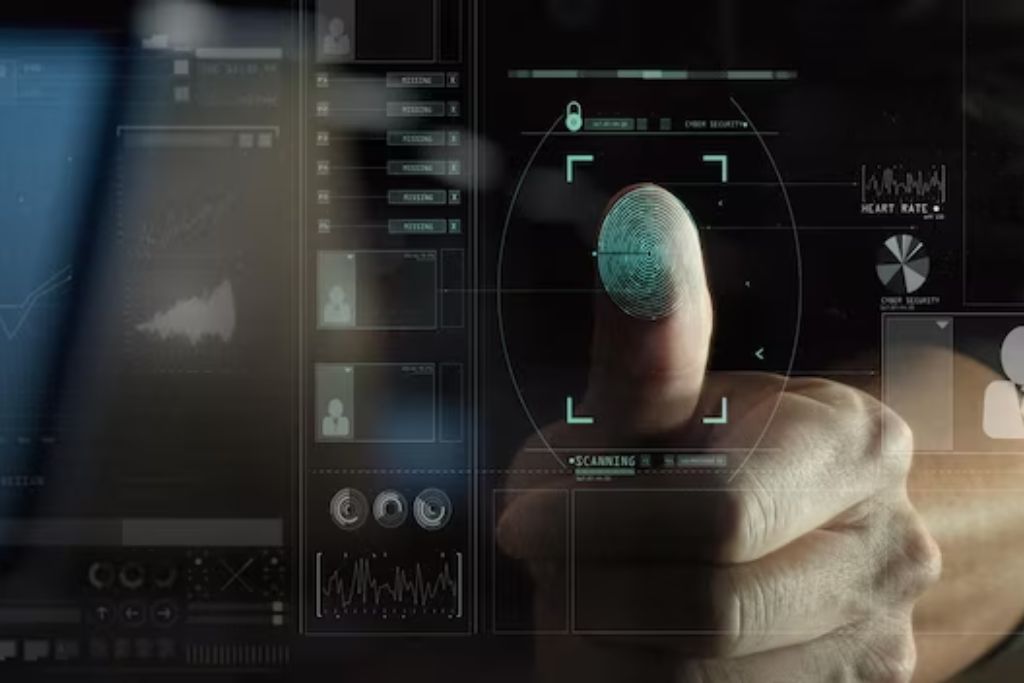
These systems capture and identify the unique patterns and ridges reflected on fingertips of an individual. This is a widely accepted form of technology that is cost-effective and offers a high guarantee of accurate results.
Iris Recognition System
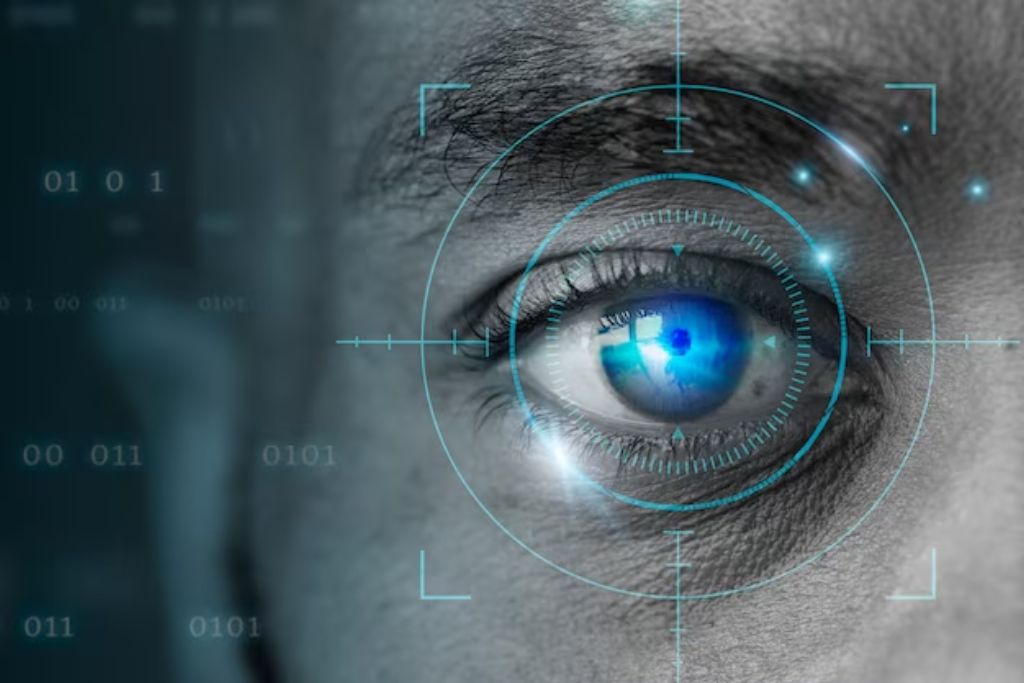
Making use of ultra-modern cameras to capture the iris patterns of an individual, these systems are preferred in high-security setups. They can identify the complex or intricate iris patterns and offer a high level of uniqueness. Therefore, these are among the most popular choices for organizations working on confidential matters.
Facial Recognition System
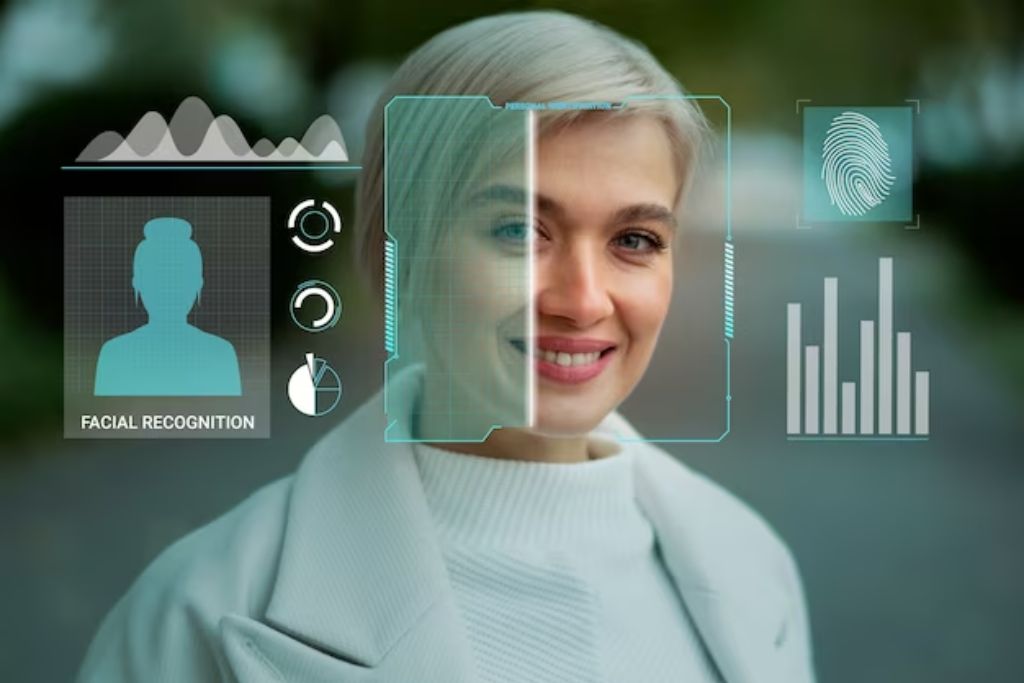
These systems analyze the facial features of an individual. They use the distance between the eyes, the contour of the face, and the shape of the nose, as a basis of identification. They are highly capable to be integrated with already existing security systems such as surveillance cameras and alarms for additional security.
Voice Recognition System

As the name suggests, these systems check the voice patterns of an individual to authenticate their access. They use the pitch, tone, and rhythm of voice as a means of recognition. Interestingly, this technology is most commonly used in phone-based access control systems.
Palm Vein Authentication
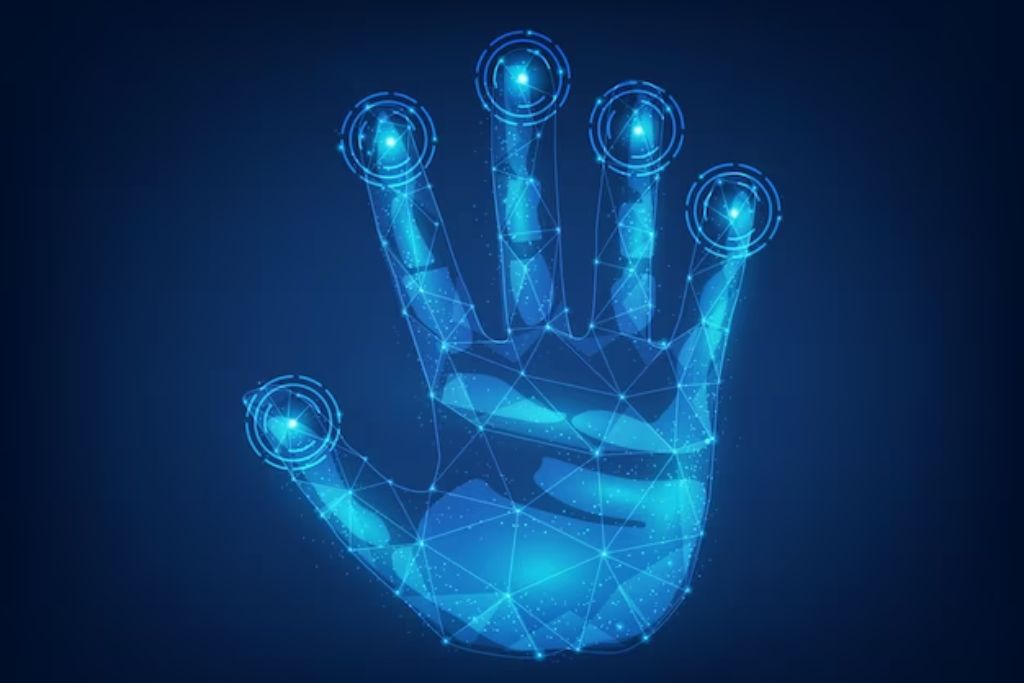
These security solutions use the unique patterns of veins in the palms of a user as a means to recognize their identity. Palm vein pattern authentication technology helps capture an image of the palm veins with the use of near-infrared light. This is highly accurate and more effective than fingerprint and facial patterns recognition. This is because the hand’s surface does not have any impact on the data measured by these systems. Hand’s surface can certainly witness changes owing to injuries or aging factors.
Multimodal Biometrics System
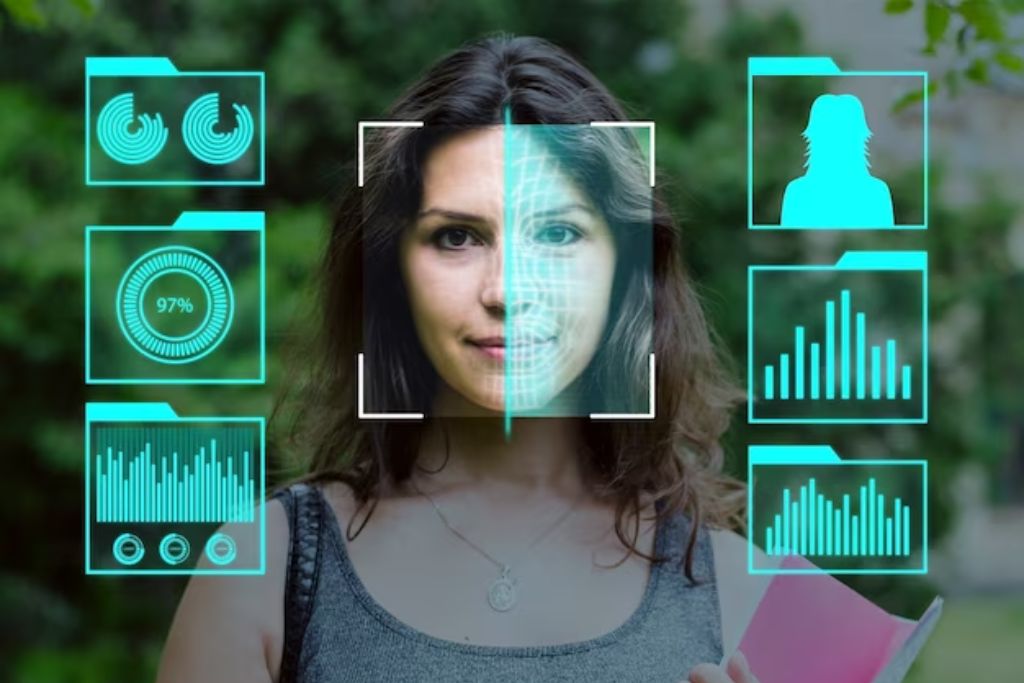
These systems feature an amalgamation of multiple biometric technologies that are put in place to ensure a higher degree of accuracy. Let’s understand with the help of an example. These systems may demand to authenticate an individual on the basis of both fingerprints and iris patterns. This helps mitigate the risk of incorrect acceptance or rejection.
These are some mostly used biometric system types. You may choose the one as per your security needs. It may also be highlighted that some systems also offer a combination of biometric systems and traditional access procedures which may be implemented considering your individual requirements.
Biometric Access Control System Installation
The installation of a biometric access control system depends on various factors including your own requirements. No matter whatever your need is, it takes careful planning and execution to get it done the right way.
We have curated a list of some general steps that prove to be useful in setting it up successfully.
Identify Your Security Needs
An in-depth analysis of your needs makes it clear what all you actually need to cover through installing a security system. You need to specify whether it is going to be for your home, apartment, small business, or a large organizational structure. Once this is defined, take the next step towards identifying the areas where this system needs to be installed. This also entails being clear about the complexity of the focus area where the system will be installed, number of users, and any safety measures to be taken in general.
Select an Appropriate Biometric Technology
As per your requirements specified in the first step, you need to be careful about choosing the right type of biometric technology, as many of them are available in the market. Whether you need to install a facial recognition system, iris recognition system, voice recognition system, signature recognition system, fingerprint scanners, palm or finger vein patterns recognition system, or any other. Make sure to make an apt selection that goes best with your security goals.
Contact a Reliable Vendor
Purchasing anything new definitely calls for a thorough market research and personal discussions with relevant vendors about all your major concerns. Your decision to choose a reliable vendor will largely affect your security goals. Hence, it is advised to check online reviews and testimonials about the biometric access system specialists whom you shortlist as per cost-effectiveness and your requirements. Approaching your friends or known ones who have already got their biometric system installations done successfully is also an ideal option. Their feedback will help you make a wise choice.
Survey of Potential Site Areas
Once you finalize a suitable vendor, it’s time to invite them for a site survey. This is instrumental in identifying the exact locations for installing the access control systems. The experts will suggest customized solutions while keeping in mind the angle of installation, closeness to entry points, lighting conditions, and other factors. This site visit will actually open avenues for a better understanding of the installation requirements, thereby addressing all your relevant concerns for maintaining a tight security.
Actual Installation
Now comes the installation of hardware components and running of the software. The hardware includes biometric scanners, access control panels etc., which aligns with the instructions issued by the system’s manufacturer. You need to monitor that the devices are perfectly set up and have connection to the available network.
User Enrolment and Database Process
You need to record or capture the biometric data of authorized users so as to enroll them into the system. You can record their facial features, fingerprints, voice patterns, vein patterns, iris patterns etc., according to your requirements. Then these captured versions change into biometric templates and get stored in a secure database system.
Integration and Testing
You can get your biometric door access control system integrated with other security systems of your home, apartment, or official building, as per requirement. Those other systems could be alarm systems, surveillance cameras etc. Do check that the integration is all set and it works properly. This ensures that all your authorized users can gain entry into the designated areas. You can even avail residential locksmith services available in your area as they will guide you through a smooth integration process.
Training of Authorized Personnel
It is important to pay heed to the training of authorized users. They must be acquainted with the correct way to use the biometric system. Thus, you can organize a training session for them so that they could also get their queries addressed instantly.
Maintenance Task
A maintenance schedule is necessary to ensure that the system keeps functioning properly and gets updated regularly as per the new software version. Make sure to check the same with your vendor so that their personnel can make timely visits.
So, if you are wary of security concerns and wish to install a biometric access control system, following these steps will definitely help you make the most of this ground-breaking technological advancement. This is how the system can be impeccably implemented and maintained perpetually, aligning with your particular needs.
How Does Biometric Access Control System Work?
Biometrics access control systems use the unique physical or behavioral characteristics of individuals as a base to recognize them as authorized users. They capture and analyze their recorded biometric data to verify their personal identity and allow them to enter into a restricted area.
Here’s a clear step-by-step description of how these systems actually work:
Enrollment
Once you are done with setting up a biometric system, you need to begin with the enrollment process involving individuals who will be allowed to enter inside. Their biometric data such as fingerprints, voice patterns, iris patterns, facial features, palm vein patterns etc., need to be captured using relevant scanners. The captured data gets converted into a digital template that reflects the unique attributes or characteristics of each and every individual or user.
Template and Authentication
Whatever patterns related to face, voice etc., you use to capture as biometric data, it gets transformed into a template with the help of certain built-in algorithms. Then this template becomes a source of authentication for a specific individual. It helps identify them when they show the same patterns that were captured during enrollment.
Algorithm
The matching algorithm compares the biometric data shown by the individual with the template that already exists in the database. Then it confirms whether it’s a match or mismatch on the basis of a similarity score. If this score reaches a predefined threshold, the user is allowed access into the designated area. Otherwise, the entry is denied.
Apart from the above, you can get your biometric access control systems programmed or configured to work according to different modes i.e., verification mode and identification mode. In verification mode, when individuals show their biometric sample, they also need to provide more identifiers like their username, ID card etc., to prove their identity. On the contrary, the identification mode enables the system to match the shown biometric sample against the database containing enrolled templates to recognize the individual.
While getting such a system designed for your organization, you may also hire professional commercial locksmith services for a hassle-free linkage between the biometric solution and your door lock systems.
Biometric Access Control System Cost
Apparently, biometric access control systems are believed to be expensive or out of budget solutions. They are considered to be the best choice only for large organizations. Nevertheless, the recent years have witnessed a substantial drop in the cost of these systems, which has made it easier for small businesses and individual home or apartment owners to opt for these high-tech solutions.
On the other hand, it won’t also be wrong to say their cost largely depends on various factors such as the scope of area to be covered, the number of access points, the type of biometric technology chosen by you, and the necessity of integration with other surveillance systems.
Most importantly, it’s all about gaining long-term advantages that biometrics access control systems bring along with them. The initial expenditure may seem to be high, but by implementing these advanced systems, you can cut costs related to the misplaced or stolen physical keys and access cards, which are a part of the traditional security measures. In fact, security invasions and attacks can be avoided by restricting unauthorized access through the technologically driven recognition mechanisms used by biometric systems.
But as we said, as per the evolution of technology, their cost keeps going down. Affordable solutions are now available for both businesses and residential properties. The speed and accuracy of these systems make them an unbeatable solution for strengthening security and streamlining access control procedures.
Factors to Consider While Choosing a Biometric Access Control System
Choosing the right biometric door access control system for your commercial or residential space demands utmost care and attention. Here are some keys tips for you:
Security level
Analyze the level of security offered by the biometric technology that you consider. You need to check the false acceptance rate (FAR) of the system, as it shows the probability of wrongly accepting an individual who is not authorized to access the designated area. At the same time, the false rejection rate (FRR) of the system should be checked, as it shows the probability of rejecting the access of an authorized individual.
Speed and Accuracy
A quick and reliable authentication process is the need of the hour. Hence, you are recommended to check the accuracy and speed of the biometric technology that you may plan to opt for. You must shortlist systems with high accuracy rates and quick response times.
Scalability
Scalability of the system is another point of concern. Systems with a good scalability can accommodate a growing number of users and also certain extra access points. If you see through a long-term perspective, this is highly beneficial as the installed system goes as per your future expansion goes. Thus, no intervention is required to install a new hardware or software.
Integration Capabilities
Most of the organizations not just want a biometric access control system to be installed, but they also have a dire need to integrate the same with their other security systems. Thus, if you are also planning for a seamless integration between the biometric system and alarm systems, visitor management systems, surveillance cameras etc., in your organization, you can check whether it is capable enough to perform such functions.
User-friendliness
Since biometric systems run as per software applications and entail a step-by-step procedure, they become easy to use. They comprise intuitive interfaces, simple enrollment and authentication processes etc. So, you are advised to check their user-friendliness so that they could be operated well by your related department and the authorized users.
Durability and Environmental Concerns
It is beneficial to check durability of the hardware components beforehand. This is in fact mostly required in case you need to install such systems in outdoor areas or amid harsh environments. So, you need to assess their durability with respect to outer conditions like temperature, humidity, exposure to dust or water etc.
Compliance Requirements
You must check that the system functions in compliance with industry standards, data protection regulations, and fulfills other such legal requirements.
Adhering to these crucial factors and carrying out a well-informed research will pave your way to selecting a biometric access control system that not only perfectly goes well with your needs but also proves to be beneficial in the long run.
Concluding Thoughts
That’s how we dived deep into studying all the details related to biometric access control systems for matchless security and convenience. With advancing technology, you too can consider installing the same at your organization or residential property while conducting a broad research for vendors in the market. The mentioned benefits and all the associated aspects must have familiarized you with positive prospects of these high-security systems that even go a long way in providing security in the long run. Thus, embrace the power of technology and experience their immense potential that goes far beyond what traditional security systems have been offering.
FAQ’s About Biometric Access Control System
We have addressed what most of the people are commonly asking these days with respect to installing a biometric access control system.
Biometric access control system is a high-tech security solution that is installed to authenticate the access or allow entry to authorized users. These systems make use of the unique physical or behavioral attributes of users such as fingerprints, iris patterns, vein patterns, facial patterns, and voice patterns to identify them whenever they wish to gain access. They can be installed in huge residential properties, corporate organizations, government setups, data centers, research labs etc.
Biometric access control system installation entails the selection of a suitable technology solution depending on your security needs or the type of property or space where you wish to install it. Then you can consult reliable vendors while conducting thorough online research and gathering details about them. Once a vendor is selected, they can conduct a survey of your site and suggest custom-made solutions to install the system. Then you can get your users enrolled into the system so that they can be identified based on their captured attributes. You can hold a training session for users to understand the whole process.
Once you get a biometrics access control system installed, you need to get the users enrolled into it through their fingerprints, voice patterns, iris patterns, vein patterns, or facial features, as needed. The database will store their details as a digital template. Whenever they show the related patterns, the system assesses the data and compares it with the stored template. Then a similarity score is calculated, which highlights whether the user can be authenticated or allowed access based on provided data or not.
Fingerprints, facial, iris, palm or finger vein, and voice recognition systems, along with multimodal biometric systems are some of the most commonly used ones for residential and commercial setups.
Biometric systems take an authorized user’s unique physical or behavioral characteristics as their base to distinguish them from others. Once they capture their data, it gets saved as a template in their database. Therefore, whenever that user will present their recorded patterns, the system will identify them and allow access into the secure area.
Fingerprint and facial patterns are the most preferred ones for the installation of biometric access control systems. However, iris and vein pattern recognition systems are also gaining constant popularity due to rising security needs.






